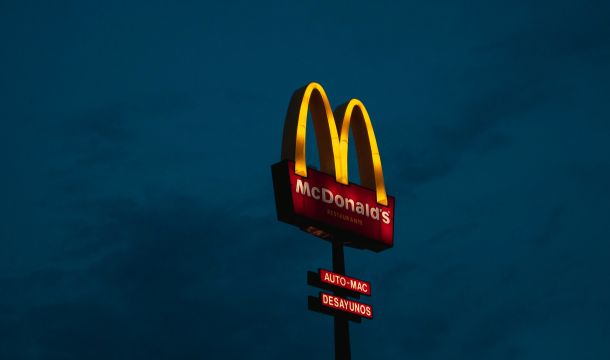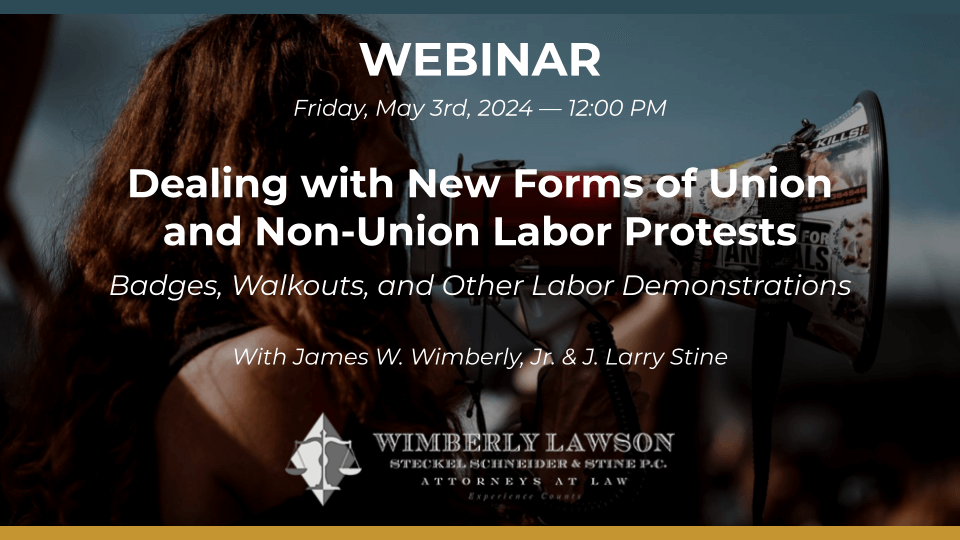EEOC Approves Incentives for Worker Wellness Plans
On June 11, 2020, the EEOC commissioners voted 2-1 to move forward with a Notice of Proposed Rulemaking (NPRM) for wellness programs. The EEOC did not actually publish the NPRM and adoption of a final rule is a long way off, in terms of time and procedural steps that must be completed along the way, but the discussion at the June 11 public hearing provided some insight into where the Commission seems to be headed. Before looking at what we understand from the June 11 meeting, a brief review of where we are may be helpful.
The Americans with Disabilities Act (ADA) allows employers to adopt "wellness programs" as long as participation in the program is voluntary. The Genetic Information Non-Discrimination Act (GINA) also includes an exception allowing employers to collect genetic information as part of a wellness program as long as participation is voluntary.
There has long been debate about when a wellness program is voluntary, particularly if there is any kind of incentive or punishment for participating or not participating in the program. The Health Insurance Portability and Accountability Act (HIPAA), as amended by the Affordable Care Act, has long allowed employers to offer incentives of up to 30% of the cost of health insurance to promote wellness program participation. The HIPAA rule applies only to what are known as "health contingent wellness programs" - that is, programs in which the reward is conditioned on satisfaction of health-related factors, for example, maintenance of blood pressure within certain limits. In 2016, in a reversal of its long-held position, the government adopted a Rule under the ADA as well as a Rule under GINA stating that a wellness plan is voluntary as long as it includes an incentive or penalty that is no more than 30% of the cost of self-only coverage. The ADA and GINA Rules applied to both participatory wellness plans - those that include an incentive or punishment merely for participating, or not, as well as heath contingent plans.
AARP brought suit against the EEOC challenging the 2016 Rule, and in late 2017 AARP prevailed. The district court held that the EEOC failed to follow the necessary procedures in adopting the 2016 rules and that the Rules were, therefore, arbitrary and capricious. The court ultimately enjoined the EEOC from following the Rules. This is where things sat until June, when the EEOC announced its intention to adopt a NPRM. As mentioned, the NPRM has not been made public and before it will be it must be reviewed by the Office of Management and Budget (OMB), then likely revised by the EEOC, and then reviewed again by OMB. Although we are a long way from having the NPRM issued, this is what we know from what was said at the Commission's meeting.
The EEOC's proposed rule will focus on when participation in a wellness program is truly voluntary. Most wellness programs that provided incentives to employees in order to obtain health information will be considered coercive and prohibited. According to what we know, the NPRM will likely state that de minimis incentives are not coercive, but that incentives not deemed to be de minimis are coercive. Those that are coercive will be considered to violate the ADA and GINA. The big question to which the EEOC has not spoken is the standard that will be used to determine whether an incentive is de minimis or too high and therefore coercive.
The proposed rule will also prohibit employers from punishing or taking any adverse action against an employee who refuses to participate in the company's wellness program or an employee who participates but who does not achieve specified outcomes. Similarly, employers will be prohibited from denying an employee coverage under any of its health plans.
The EEOC gave us a glimpse of where it is headed with respect to health contingent wellness program and it involves the ADA's "safe harbor" provision. The safe harbor provides that insurers and plan administrators do not violate the ADA if they use medical information for underwriting risks or classifying risks, or if they administer risks in a way that is not inconsistent with applicable state law. In the past this has meant that health information could be used in the aggregate for determining actuarial risk. The EEOC has indicated that the NPRM will propose that health contingent wellness programs that meet ACA/HIPAA requirements will be exempted from the de minimis standard and within the ADA's "safe harbor." The practical impact of this is that, for the first time, a wellness program that is tied to a health insurance plan will be able to use an individual's health information obtained from a wellness program to impose a penalty of up to 30 percent of premiums for those who do not meet biometric goals related to things such as weight or blood pressure.
It remains to be seen exactly what the NPRM will look like. Once the proposed rule is issued, interested parties will have an opportunity to file comments before a final rule is developed. One of the three EEOC Commissioners, Commissioner Burrows, has signaled significant concerns that the proposed rule, at least with respect to the safe harbor, is a change from the EEOC's long stated position and prior judicial determinations, and that the change is neither justified nor appropriate. Commission Burrows also raised concerns about the confidentiality of medical information and she also noted that health contingent wellness programs most heavily impact low wage workers, as well as older workers and those of color, meaning these workers are the most likely groups to be penalized for failing to meet health outcomes. We will have to wait to see how these issues are all resolved.
Related Content
Get Email Updates
Recent Content

Judge Invalidates Joint Employer Rule, and Independent Contractor Rule Takes Effect

The Importance of Fairness in Employment to the Law and to Job Satisfaction

Major Employers Challenge Constitutionality of Labor Act

Starbucks' Big Change in Labor Policies

Judge Orders Survey Data to Be Revealed from Employer EEO-1 Reports

